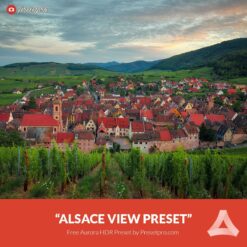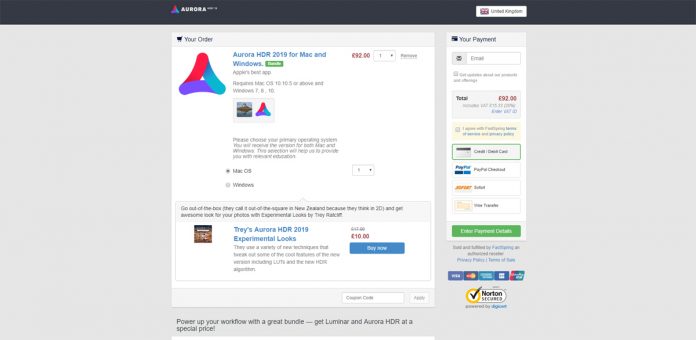

Slowly shift the slider to the left, reducing the opacity, and lowering the effect (I often find that between 75-80 is the perfect amount). To do that, click on that preset in the filmstrip. The first – and easiest – way to modify its effect is to reduce the overall opacity of the preset. Let’s say that you love the Realistic & Detailed preset but it’s just a touch too much. Or, you might want to personalize the preset before you save. Once you find your favorite, it might look so perfect that all you might need to do is save it.

As you select each preset, the larger image above the filmstrip will show you a more detailed preview of how each preset affects the look of your image. The best way to choose your favorite Realistic HDR preset is to scroll all the way to the left on the filmstrip and then work your way right, clicking each one. To me, recreating an image faithful to that memory is what natural-looking realistic HDR is all about. These presets make my images look and feel the way the ice cave looked and felt when I was there. My four favorite natural-looking Aurora presets live in this folder: Click on it to bring up the preset menu, then click on Realistic HDR. Along the lower part of the screen, just above the filmstrip, you’ll see a menu called Categories. Part of why I opened this article with the statement that Aurora HDR 2018 is both easy and fun is because of its presets. Note: If you made adjustments to your images in Lightroom, such as lens corrections, cropping, straightening, spot removal or noise reduction, instead of selecting Open Original Images, choose Use. The Aurora dialog box appears with your selected images.

Select Export > Aurora HDR 2018 > Open Original Images. Go to the folder containing the images you want to process in HDR.

You can also click the little gear icon for additional settings like removing ghosting (subjects that moved from image to image). The program will scan the images and attempt to align them. Note: Tick off the “Alignment” checkbox if you think there was any movement of the camera between shots. Click the Open Image button.Ĭhoose the folder where your images live and select them. Double click the Aurora icon to open the software.


 0 kommentar(er)
0 kommentar(er)
